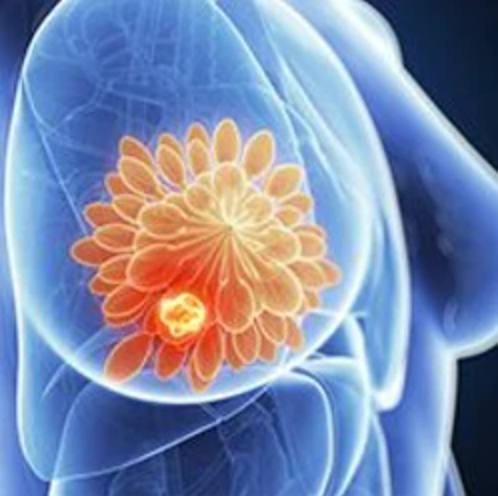Video
Dr. Rimm on the Use of Multiplex Spatial Proteomic Profiling in Breast Cancer
Author(s):
David Rimm, MD, PhD, discusses both the use and advantages of utilizing multiplex spatial proteomic profiling in breast cancer.
David Rimm, MD, PhD, Anthony N. Brady professor of Pathology, professor of Medicine (Medical Oncology), Yale School of Medicine, director, Yale Cancer Center Tissue Microarray Facility, Pathology, director, Yale Pathology Tissue Services, director, Physician Scientist Training Program, Pathology Research, Yale Cancer Center, discusses both the use and advantages of utilizing multiplex spatial proteomic profiling in breast cancer.
At the 2022 San Antonio Breast Cancer Symposium, Rimm presented on multiplex spatial proteomic profiling, which is a tissue analysis conducted through precise epitope colocalization, allowing for the observation of cellular functional states in view of the spatial organization of respective cells. This process is being used in breast cancer in an effort to discover new biomarkers by examining multiple proteins at one time while still preserving the spatial information of the tissue sample, Rimm begins. Instead of grinding up the specimen, investigators look at the specimen with a microscope and can observe a plethora of proteins in a single viewing, Rimm notes, adding that these proteins are observed for their expression levels and their localization to try to find biomarkers associated with various therapies. This process could be used to search for biomarkers associated with immunotherapy or those associated with targeted therapy, Rimm adds.
The key advantage to using multiplex spatial proteomic profiling is preserving the differences in the tissue, since there are multiple differences between respective cells, Rimm continues. Samples can include cells that are associated with response to therapy, cells that are associated with the tumor, and cells that are associated with immune reaction, Rimm says. When these different cells are grinded together, it becomes more challenging to draw conclusions without information about a specific cell’s origin, Rimm explains.
Overall, a lot of the topics addressed at the 2022 San Antonio Breast Cancer Symposium centered around methods to look at expression of the proteins in the tissue itself, measuring the amounts and localization of each protein in order to find biomarkers associated with responses to therapy, Rimm concludes.









